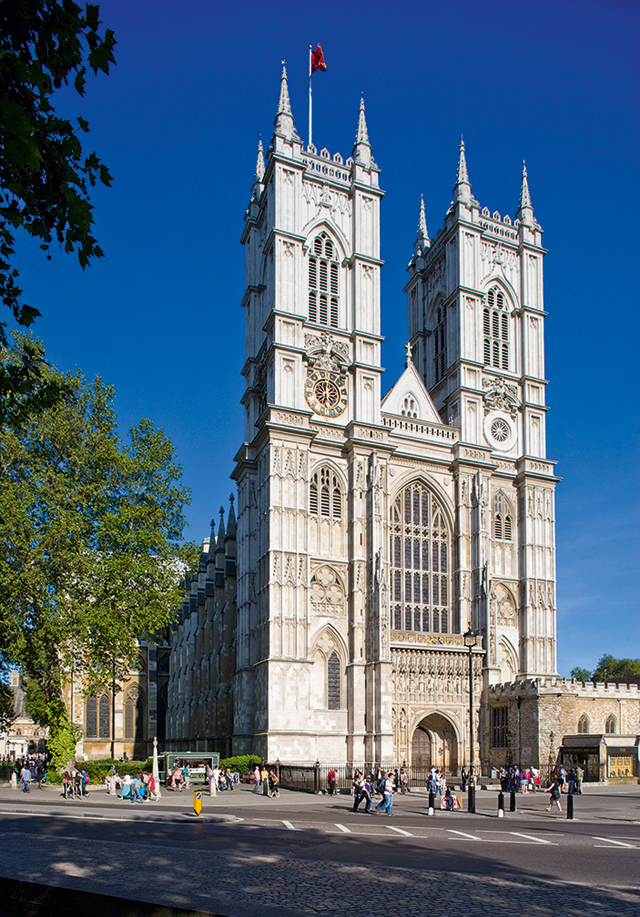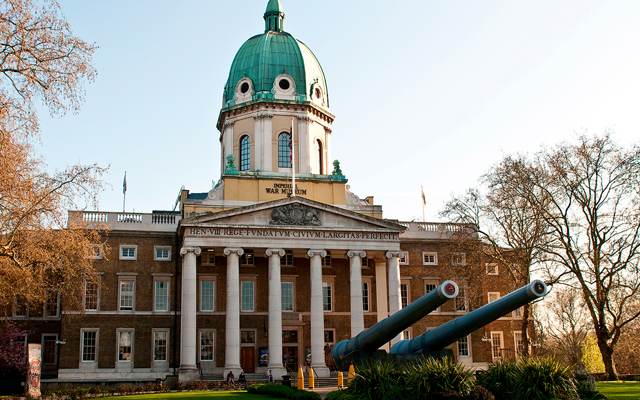There are some big anniversaries this year, from the consecration of Westminster Abbey to the Battle of Waterloo.
1,450 years ago: St Columba’s foundation of Iona
The Hebridean island was granted to the missionary, abbot and priest St Columba in 565. Here, he founded a monastery of European reputation that fostered the Celtic tradition of Christianity in Britain and beyond.
Visit Iona remains the home of a religious community. This evocative island is about two hours from Oban via sea and road (across Mull) (www.welcometoiona.com)
950 years ago: Consecration of Westminster Abbey (on December 28)
Edward the Confessor is the effective founder of Westminster. He built a residence that grew into the Palace of Westminster and rebuilt the adjacent monastic church. It was completed just in time to serve as his burial place. Excavation has revealed fragments of Edward’s church beneath its 13th- century successor.
Visit Westminster Abbey, entry £18 or £40 for an annual pass (020–7222 5152; www.westminster-abbey.org)
800 years ago: Magna Carta was signed (on June 15)
In 1215, within sight of Windsor Castle at Runnymede in Surrey, King John was forced to accept the terms of a treaty known as ‘The Great Charter’. It was an abject failure, but it has come to symbolise the expression of individual rights against the arbitrary power of the state.
Visit Runnymede (01784 432891; www.nationaltrust.org.uk/runnymede) or view an early copy of Magna Carta at the British Library, Euston Road, London NW1 (0843 208 1144; www.bl.uk)
600 years ago: The Battle of Agincourt (on October 25)
This bloody victory of the longbow won Henry V his reputation as a soldier and lent his claim to the French throne
a glimmer of plausibility. Patriotic enthusiasm has exaggerated the odds: modern estimates suggest the English army numbered approximately 8,100 to 15,000 French.
Visit Portchester Castle in Fareham, Hampshire, where Henry V prepared for Agincourt (0870 333 1181; www.english-heritage.org.uk)
530 years ago: Battle of Bosworth (on August 22)
Although not a conventional anniversary, the battle in which Henry VII succeeded Richard III by right of battle is worthy of mention because of the discovery of the body of England’s last Yorkist king under a supermarket car park. A new monument will be raised over Richard lll’s re-interred bones at Leicester Cathedral.
Visit Leicester Cathedral (0116– 261 5200; www.leicestercathedral.org)
350 years ago: The Plague
From March to December 1665, an outbreak of bubonic plague raged through London. It’s estimated that some 100,000 people died—about a fifth of the population. The outbreak reached its greatest intensity in September, when 7,165 people were listed in the bills of mortality.
Visit Eyam Museum in the Derbyshire village in which 260 people died after a tailor ordered cloth from London. The villagers sealed themselves off to prevent the disease spreading (01433 631371; www.eyam-museum.org.uk)
300 years ago: The ‘Fifteen’ (on August 26)
The Earl of Mar raised the standard of James VIII and III at Braemar in the Highlands. The Jacobites were defeated at Preston on November 13 and, in another indecisive action on the same day at Sheriffmuir. They failed to break into the Lowlands. When James arrived in Scotland, his cause was already hopeless.
Visit Braemar in Royal Deeside (http://braemarscotland.co.uk)—the Braemar Gathering is on September 5
200 years ago: The Battle of Waterloo (on June 18)
Napoleon’s restoration to power following his escape from Elba threw Europe into panic. He was defeated 100 days later by the combined Allied armies in three engagements, culminating in the Battle of Waterloo. Here, he faced the Duke of Wellington.
Visit Wellington’s two residences, Apsley House on Hyde Park Corner, W1 (020–7499 5676; www.english-heritage.org), or Stratfield Saye in Hampshire (www.stratfield-saye.co.uk; 01256 882694)
200 years ago: Jane Austen’s Emma published
Austen’s fourth major novel, about the eponymous, ambitious matchmaker, is the only one to contain a dedication—to the Prince Regent. She switched publishers for it, from Egerton to John Murray, which printed 2,000 copies. First editions can be worth more than £30,000 now.
Visit Jane Austen’s House Museum at Chawton, Hampshire (01420 83262; www.jane-austens-house-museum.org.uk)
100 years ago: The Battle of Loos (September 25–28)
British forces, led by Field Marshal Douglas Haig (founder of the Earl Haig Fund, which sold poppies to help ex-servicemen), attacked the Germans at Loos as part of a two-pronged attack with the French, despite Haig warning of logistical problems and the likelihood of heavy losses. Some 50,000 British soldiers died compared to 25,000 Germans.
Visit The First World War galleries in the Imperial War Museum London or Manchester (www.iwm.org.uk)
75 years ago: The Battle of Britain
This turning point in the Second World War prompted Churchill’s famous speech of August 20, 1940, when he said: ‘Never in the field of human conflict was so much owed by so many to so few.’ A total of 446 pilots died, 348 of them from the UK.
Visit Battle of Britain Museum in Folkestone, Kent (01303 893140; www.kbobm.org), or the RAF museums at Barnet, London NW9 (020–8205 2266; www.rafmuseum.org.uk) or Cosford in Shifnal, Shropshire (01902 376200)
50 years ago: The Beatles take over America (on April 4)
Liverpool’s Fab Four held the top five positions in the US charts with Can’t Buy Me Love, Twist and Shout, She Loves You, I Want to Hold Your Hand and Please Please Me. Perhaps even more remarkably, considering they are still performing together, the Rolling Stones released their first album that year.
Visit The Beatles Story, their museum in Liverpool (0151 709 1963; www.beatlesstory.com)







